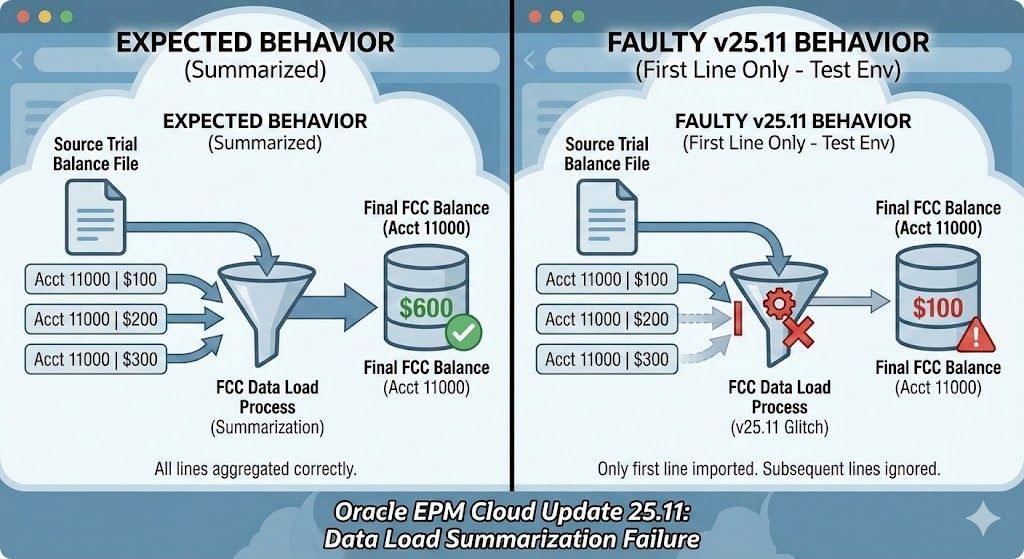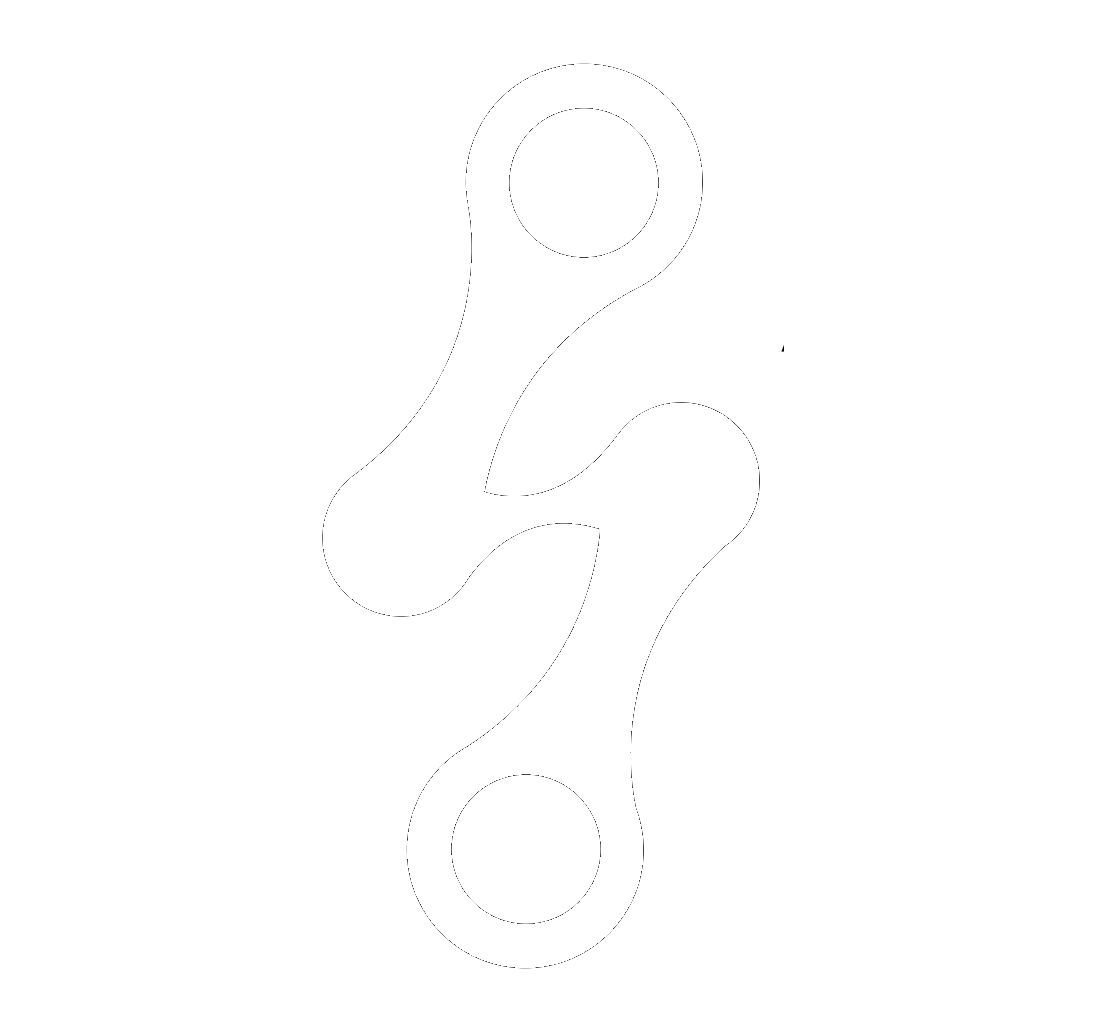Mastering Your Effective Tax Rate
Nadia Lodroman • 1 June 2025
Listen to Tresora and Ledgeron's chatting about this blog post:
Oracle's ETR Functionality Illuminates Your Tax Liability
For multinational corporations, accurately calculating the Effective Tax Rate (ETR) is a critical yet often complex undertaking. It's not just about applying a statutory rate to pre-tax income. Companies must meticulously track the tax basis of assets and liabilities, assess the tax impact of various transactions, and carefully consider the effect of permanent and temporary differences (add-backs and deductions) to arrive at the final tax liability. This is where a well-structured ETR form within a comprehensive tax reporting solution becomes invaluable.
Oracle's EPM (Enterprise Performance Management) Cloud, particularly within solutions like Tax Reporting Cloud Service (TRCS), provides robust tools to manage this complexity. A dedicated ETR form, often a central component of such systems, offers a streamlined and auditable approach to navigate the intricacies of tax provisioning and reporting.
- Here’s how an ETR form helps companies gain clarity and control over their tax calculations:
- Centralized Data for Tax Basis: An ETR form typically integrates with or allows for the input of data related to the tax basis of a company's assets and liabilities. This is fundamental for calculating deferred tax assets and liabilities, which are key components of the ETR. By maintaining this information in a structured manner, companies can ensure consistency and accuracy in their deferred tax calculations across different jurisdictions and reporting periods.
- Clear Visibility into Tax Impacts: The form provides a clear framework to identify and quantify the tax impact of various book-to-tax differences. This includes: Permanent Differences: The ETR form allows for these to be systematically recorded, ensuring they correctly adjust the current tax expense and, consequently, the ETR. Temporary Differences: The ETR form facilitates the tracking of these differences and their impact on deferred tax assets and liabilities.
- Systematic Handling of Add-Backs (and Deductions): The ETR form ensures these adjustments are methodically applied to the pre-tax book income to arrive at the taxable income. This systematic approach reduces the risk of errors and omissions that can significantly misstate the tax liability and the ETR.
- Calculating Current and Deferred Tax Expense: With all the necessary data points – pre-tax book income, permanent differences, temporary differences, and applicable tax rates – the ETR form automates the calculation of both current tax expense (tax payable for the current period) and deferred tax expense (the change in deferred tax assets and liabilities during the period).
- Deriving the Effective Tax Rate: Ultimately, the form brings all these elements together to calculate the ETR (Total Tax Expense / Pre-tax Book Income). This provides stakeholders with a clear understanding of the company's tax burden relative to its accounting profit.
- Enhanced Transparency and Auditability: By consolidating all ETR-related calculations and data points into a dedicated form within a system like Oracle TRCS, companies achieve greater transparency. This makes it easier for tax departments to review and verify the calculations, and significantly simplifies the process of providing supporting documentation for auditors. Standardized calculations and reporting also improve consistency across periods and entities.
- Scenario Analysis and Planning: Sophisticated ETR forms can also support scenario analysis. By adjusting key inputs such as tax rates, or the treatment of certain book-to-tax differences, companies can model the potential impact on their ETR, aiding in tax planning and forecasting.
In today's complex global tax landscape, relying on spreadsheets or manual processes to calculate the ETR and its components is fraught with risk and inefficiency. An ETR form, especially when integrated within a robust EPM solution, empowers companies to:
- Improve the accuracy and reliability of their tax calculations.
- Gain better insights into the drivers of their ETR.
- Streamline the tax provisioning and reporting process.
- Enhance internal controls and simplify audits.
- Make more informed tax planning decisions.
The ETR functionalities within Oracle Tax Reporting provide the necessary tools for companies to gain mastery over their tax data, understand the nuanced impacts of various financial elements, and confidently navigate the path to their final tax liability.
For any organization striving for excellence in its financial reporting and tax management, leveraging the capabilities of a dedicated ETR form is no longer a luxury, but a necessity for navigating the complexities of modern tax obligations.






